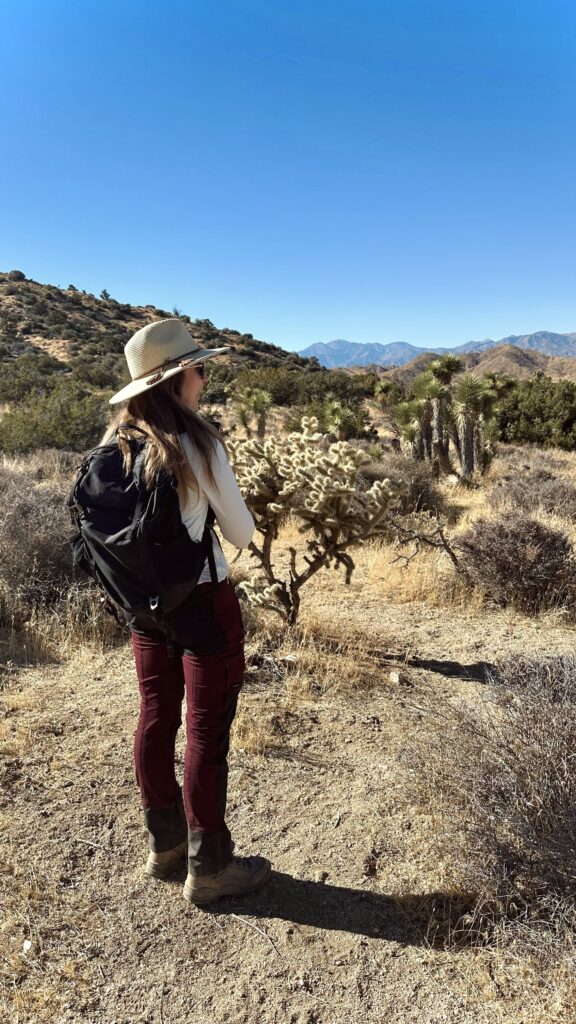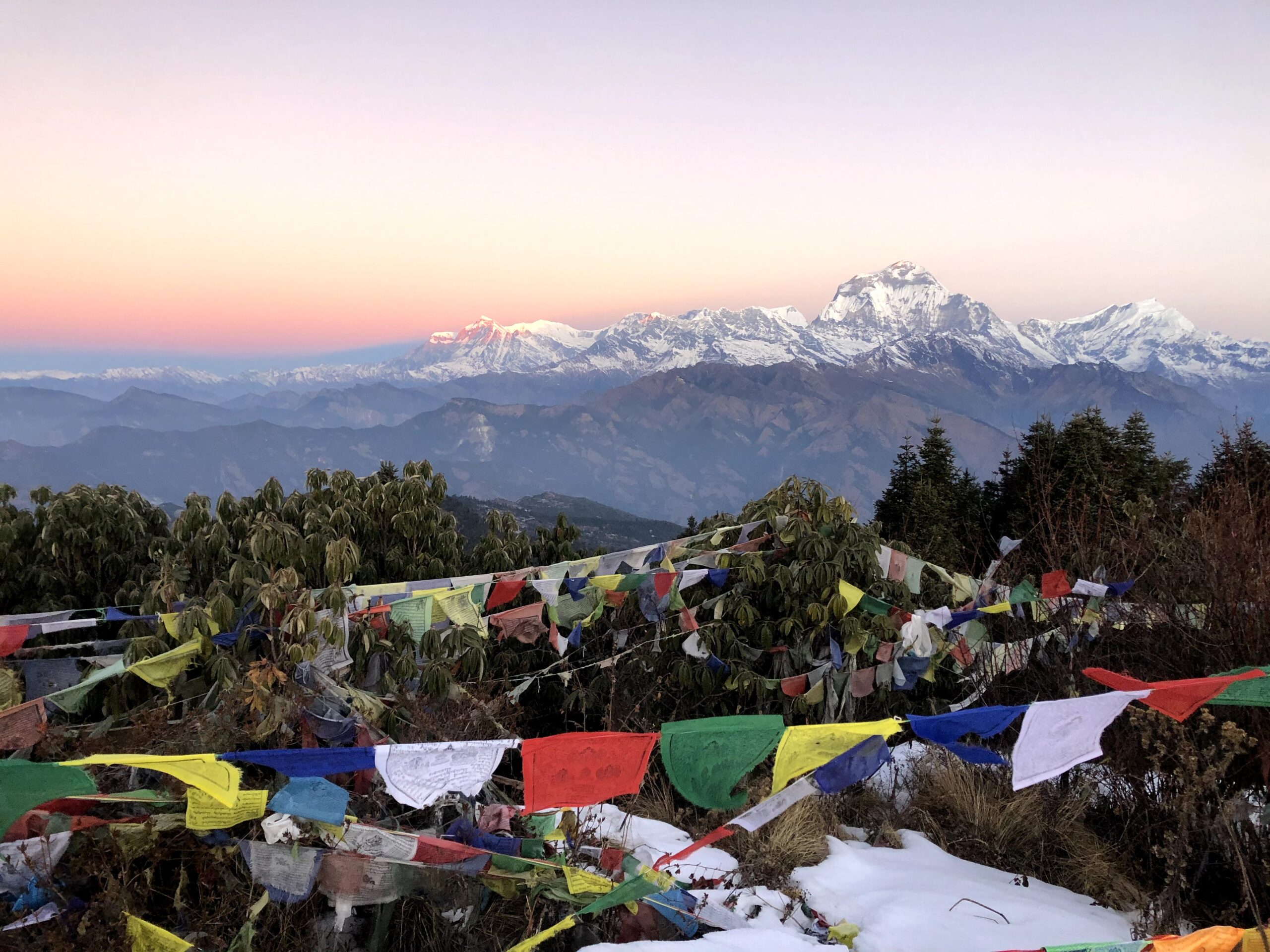Note from OneNature Founder:
It has been a week of upheaval in the global conservation and development space. We are so lucky to have a guest post this week from Clara Schoeder who recently interviewed me for her book. Her forthcoming book, “Re-Nature: A path to healing yourself and our planet” may be a helpful resource for us as we reaffirm our commitment to well-being for all beings amidst turbulent times.
Beth Allgood, Founder and Executive Director, OneNature.
In an era of political turmoil, global uncertainty, and climate crisis, it can feel harder and harder to find hope and optimism for the future.
That’s where I come in.
My name is Clara Schroeder and I’m an ecotherapist and author on climate and mental health. I am passionate about creating sustainable wellbeing and making resilience accessible in these unprecedented times. I’m so passionate in fact, that, after surviving a traumatic brain injury, I decided to widen my impact and make these tools available to everyone who needs them. That’s why I wrote my debut book “Re-Nature: A path to healing yourself and our planet” (available for pre-order) covering both the mental health impacts of the climate crisis, and the promise that nature connection can fuel sustainable behavior.
Based on the dozen experts I interviewed for the book, and the five years I spent doing research and working with clients, I have identified 3 key pillars that fuel hope and resilience.
These pillars are:
- Uncertainty
- Community
- Flexibility
- Uncertainty might be the least expected contributor to hope that you have heard of, but as famous positive psychologist Dr. Dan Tomasulo pointed out during my conversation with him: “Hope is the only positive emotion that requires negative emotions to arise.”
“Hope is really, at the end of the day, the only thing that will matter when it comes to climate. It’s not just trying to help people feel positive in the moment or just a simple reframing. With eco-anxiety, what you really have is so much uncertainty and so much negativity that all the preconditions for hope are present. It’s about understanding that there needs to be a sense of agency. It’s about asking yourself “what is it that I can do to bring about change?” – Dr. Dan Tomasulo
Creating a vision for the future where hopefulness comes with an action plan is one way to get unstuck from the doom & gloom picture that is portrayed daily by the media.
- The next step on the path to building “resilience” – a term defined by trauma psychologist Dr. Bonnano as “the ability for adults in otherwise normal circumstances who are exposed to an isolated and potentially highly disruptive event to maintain relatively stable, healthy levels of psychological and physical functioning” is to practice flexibility and adaptability.
“The capacity to adapt to challenges is flexibility. Our research more recently has shown that most people actually are flexible… that flexibility is inherent in the human brain.” – Dr. Bonnano
So if flexibility is an inherent human skill, how can we practice it and adapt to new ways of being, thinking and doing? These are concepts that I know also lie at the core of OneNature’s approach to wildlife conservation and community wellbeing.
- Finally, building solid community foundations and social support is critical to return to a thriving state after a life disrupting event. Dr. Niki Harre from the University of Auckland, New Zealand, is a strong proponent of this saying that “some people just are in communities that are constantly enforcing a certain kind of [resilient] orientation.” The scientific community is unanimous on this subject: the more individuals affected have strong social networks, the more resilient their trajectory is post-traumatic event.
Similarly, the more people go out of their way to give back and support other friends, neighbors or community members, the more their own wellbeing increases. That’s what Dr. Jyoti Mishra, a neuroscientist at the University of California San Diego, terms “survive-and-thrive”: “In many times, for these kinds of disasters, we put them in this framework of doom and gloom, but we need to shift that to a survive-and-thrive framework, where the planet that we have is just one planet and that if we all work together, we can make better things happen” – Dr. Mishra
So next time the world feels too heavy and the future too bleak, come back to these 3 proven pillars of wellbeing: survive and thrive through the crisis by practicing adaptability and a flexible mindset, build community and social connection, and transform uncertainty into action!
You can find out more about my work here.
Thank you for reading,
With gratitude,
Clara

Photos courtesy of Clara Schroeder
